Baking soda cleaning hacks – who knew such a simple pantry staple could be your secret weapon to a sparkling clean home? I’m constantly amazed by the versatility of this humble white powder. For generations, baking soda has been a go-to solution for everything from baking delicious treats to soothing upset stomachs. But its cleaning prowess? That’s where the real magic lies!
Think about it: our grandmothers relied on baking soda long before fancy, expensive cleaning products lined store shelves. It’s a testament to its effectiveness and affordability. In a world where we’re all looking for ways to save money and reduce our environmental impact, mastering these baking soda cleaning hacks is more relevant than ever.
Are you tired of harsh chemicals and overwhelming fumes? Do you want to discover simple, effective, and budget-friendly ways to tackle tough cleaning challenges? Then you’re in the right place! This article is packed with DIY cleaning tricks using baking soda that will transform your cleaning routine. From scrubbing stubborn stains to deodorizing smelly spaces, I’m going to share my favorite baking soda secrets that will leave your home fresh, clean, and feeling fantastic. Get ready to ditch the expensive cleaners and embrace the power of baking soda!
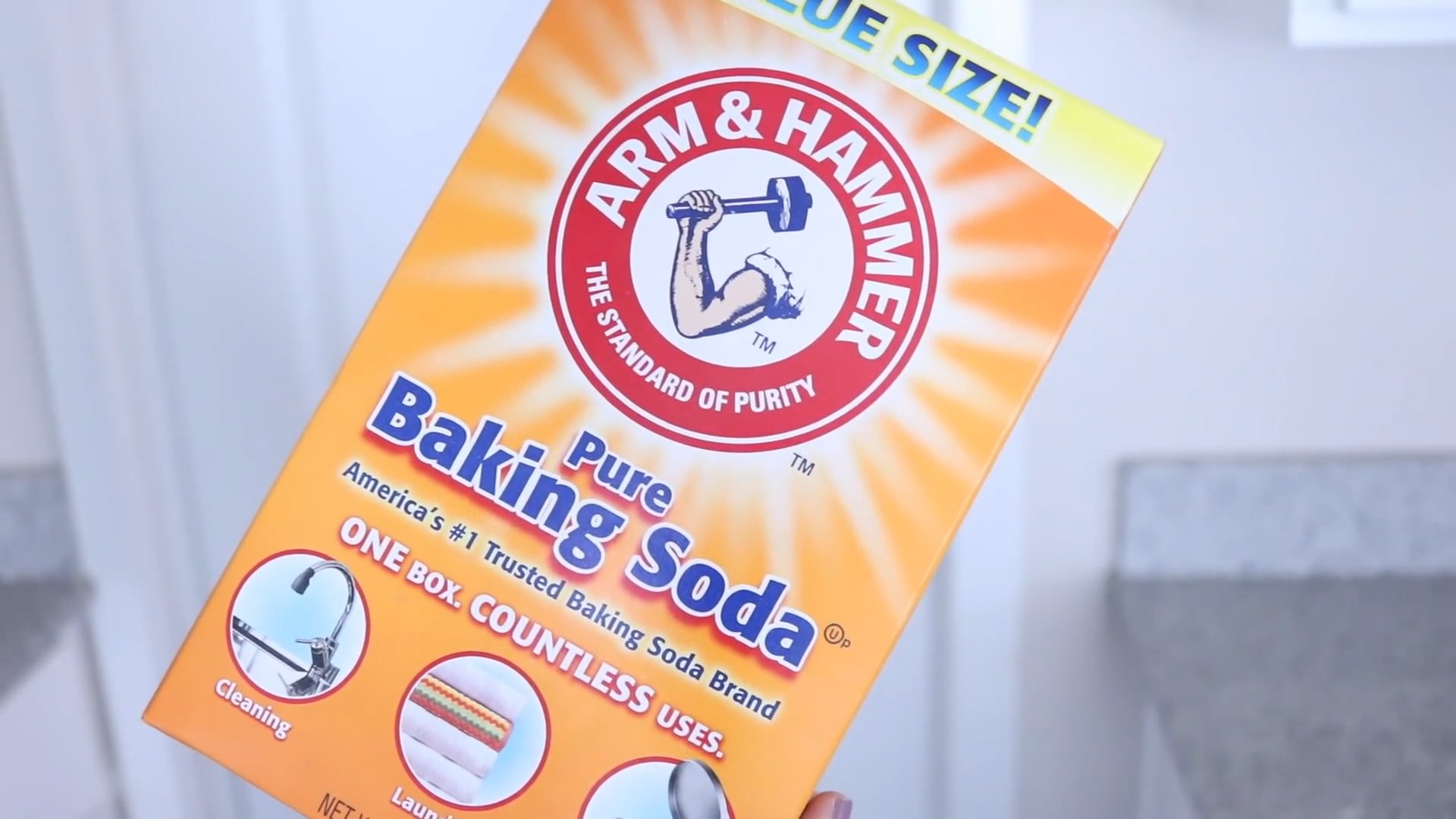
Unlocking the Cleaning Power of Baking Soda: DIY Hacks You Need to Know
Hey there, fellow cleaning enthusiasts! I’m about to share some of my favorite DIY cleaning hacks using the humble, yet mighty, baking soda. Forget those expensive, chemical-laden cleaners – baking soda is a natural, affordable, and incredibly versatile cleaning agent that deserves a spot in every home. Let’s dive in!
Baking Soda Basics: Why It Works
Before we jump into the hacks, let’s quickly understand why baking soda (sodium bicarbonate) is such a cleaning superstar. It’s mildly alkaline, which means it can dissolve dirt, grease, and grime. It’s also a gentle abrasive, perfect for scrubbing without scratching most surfaces. Plus, it’s a natural deodorizer, absorbing odors instead of just masking them.
Hack 1: Reviving Your Mattress
Our mattresses endure a lot, absorbing sweat, oils, and dust mites over time. This hack will freshen it up and eliminate odors.
What you’ll need:
* Baking soda
* Essential oil (optional, for fragrance)
* Vacuum cleaner with upholstery attachment
* Sifter or strainer
Step-by-step instructions:
1. Prepare the baking soda mixture: In a bowl, mix baking soda with a few drops of your favorite essential oil (lavender, tea tree, or eucalyptus are great choices). The essential oil is optional, but it adds a lovely, fresh scent. I usually use about 10-15 drops per cup of baking soda.
2. Sift the baking soda onto the mattress: Using a sifter or strainer, evenly distribute the baking soda mixture over the entire surface of your mattress. This ensures a thin, consistent layer.
3. Let it sit: This is the crucial part! Allow the baking soda to sit on the mattress for at least 4 hours, or even better, overnight. This gives it ample time to absorb odors and moisture. I usually do this in the morning and let it sit all day while I’m at work.
4. Vacuum thoroughly: Using the upholstery attachment of your vacuum cleaner, thoroughly vacuum the entire mattress surface. Make sure to get into all the nooks and crannies. You might need to go over it a few times to remove all the baking soda residue.
5. Flip and repeat: Flip the mattress and repeat steps 2-4 on the other side. This ensures a completely refreshed mattress.
Hack 2: Unclogging Drains Naturally
Forget harsh chemical drain cleaners! This baking soda and vinegar combo is a safe and effective way to unclog minor drain blockages.
What you’ll need:
* Baking soda
* White vinegar
* Hot water
Step-by-step instructions:
1. Pour baking soda down the drain: Pour about 1 cup of baking soda down the clogged drain. Try to get it as far down the drain as possible.
2. Add vinegar: Immediately follow with 1 cup of white vinegar. You’ll see a fizzing reaction – that’s the baking soda and vinegar working together to break down the clog.
3. Let it fizz: Let the mixture fizz and bubble for about 30 minutes. This gives it time to loosen the blockage. I usually set a timer so I don’t forget.
4. Flush with hot water: After 30 minutes, carefully pour a pot of boiling water down the drain. The hot water helps to flush away the loosened debris.
5. Repeat if necessary: If the drain is still clogged, repeat the process. For stubborn clogs, you might need to repeat it a few times.
Hack 3: Cleaning and Deodorizing Your Fridge
A smelly fridge is a common problem, but baking soda can easily solve it!
What you’ll need:
* Baking soda
* Damp cloth or sponge
Step-by-step instructions:
1. Empty the fridge: Remove all the food items from your refrigerator. This makes it easier to clean all the surfaces.
2. Make a baking soda paste: Mix baking soda with a little water to form a paste. The consistency should be similar to toothpaste.
3. Clean the interior: Use the damp cloth or sponge to apply the baking soda paste to the interior surfaces of the fridge, including shelves, drawers, and walls. Gently scrub away any spills, stains, or grime.
4. Rinse with water: Rinse the surfaces with a clean, damp cloth to remove any baking soda residue.
5. Deodorize with an open box: Place an open box or container of baking soda in the fridge to absorb odors. Replace the baking soda every month or two for optimal freshness. I write the date on the box so I remember when to change it.
Hack 4: Polishing Silverware
Bring back the shine to your tarnished silverware with this simple baking soda trick.
What you’ll need:
* Baking soda
* Aluminum foil
* Boiling water
* Large bowl or container
* Soft cloth
Step-by-step instructions:
1. Line the bowl with aluminum foil: Line the bottom of a large bowl or container with aluminum foil, shiny side up.
2. Add baking soda and boiling water: Add 1 tablespoon of baking soda per cup of boiling water to the bowl.
3. Submerge the silverware: Carefully place the tarnished silverware in the bowl, making sure it touches the aluminum foil.
4. Let it soak: Let the silverware soak in the solution for 5-10 minutes, or until the tarnish disappears. You’ll see the tarnish transferring to the aluminum foil.
5. Rinse and dry: Remove the silverware from the bowl, rinse it with water, and dry it thoroughly with a soft cloth. Your silverware should be sparkling clean!
Hack 5: Cleaning Burnt Food from Pots and Pans
Burnt food stuck to the bottom of pots and pans is a nightmare. But baking soda can help!
What you’ll need:
* Baking soda
* Water
* Scrubbing sponge or pad
Step-by-step instructions:
1. Sprinkle baking soda: Sprinkle a generous amount of baking soda over the burnt food in the pot or pan.
2. Add water: Add enough water to cover the burnt food.
3. Bring to a simmer: Bring the water to a simmer on the stovetop.
4. Simmer for 15-20 minutes: Let the mixture simmer for 15-20 minutes, or until the burnt food loosens.
5. Scrub and rinse: Remove the pot or pan from the heat and let it cool slightly. Then, use a scrubbing sponge or pad to scrub away the loosened burnt food. Rinse thoroughly with water. For really stubborn burnt food, you might need to repeat the process or let the baking soda and water soak overnight.
Hack 6: Freshening Up Your Carpets and Rugs
Baking soda is a fantastic natural carpet deodorizer.
What you’ll need:
* Baking soda
* Essential oil (optional)
* Vacuum cleaner
Step-by-step instructions:
1. Prepare the baking soda mixture: In a bowl, mix baking soda with a few drops of your favorite essential oil (optional).
2. Sprinkle the baking soda: Sprinkle the baking soda mixture evenly over the carpet or rug.
3. Let it sit: Allow the baking soda to sit on the carpet for at least 30 minutes, or even better, a few hours. This gives it time to absorb odors.
4. Vacuum thoroughly: Vacuum the carpet or rug thoroughly to remove all the baking soda residue.
Hack 7: Cleaning Your Oven
Oven cleaning is a dreaded chore, but baking soda makes it a little easier.
What you’ll need:
* Baking soda
* Water
* Spray bottle
* Sponge or cloth
* Rubber gloves
Step-by-step instructions:
1. Remove oven racks: Remove the oven racks and set them aside.
2. Make a baking soda paste: Mix baking soda with enough water to form a thick paste.
3. Coat the oven: Spread the baking soda paste evenly over all the interior surfaces of the oven, avoiding the heating elements. Wear rubber gloves to protect your hands.
4. Let it sit overnight: Let the baking soda paste sit in the oven overnight. This allows it to loosen the baked-on grease and grime.
5. Scrub and wipe: The next day, use a sponge or cloth to scrub away the loosened grime. You may need to use a little elbow grease for stubborn areas.
6. Rinse with water: Rinse
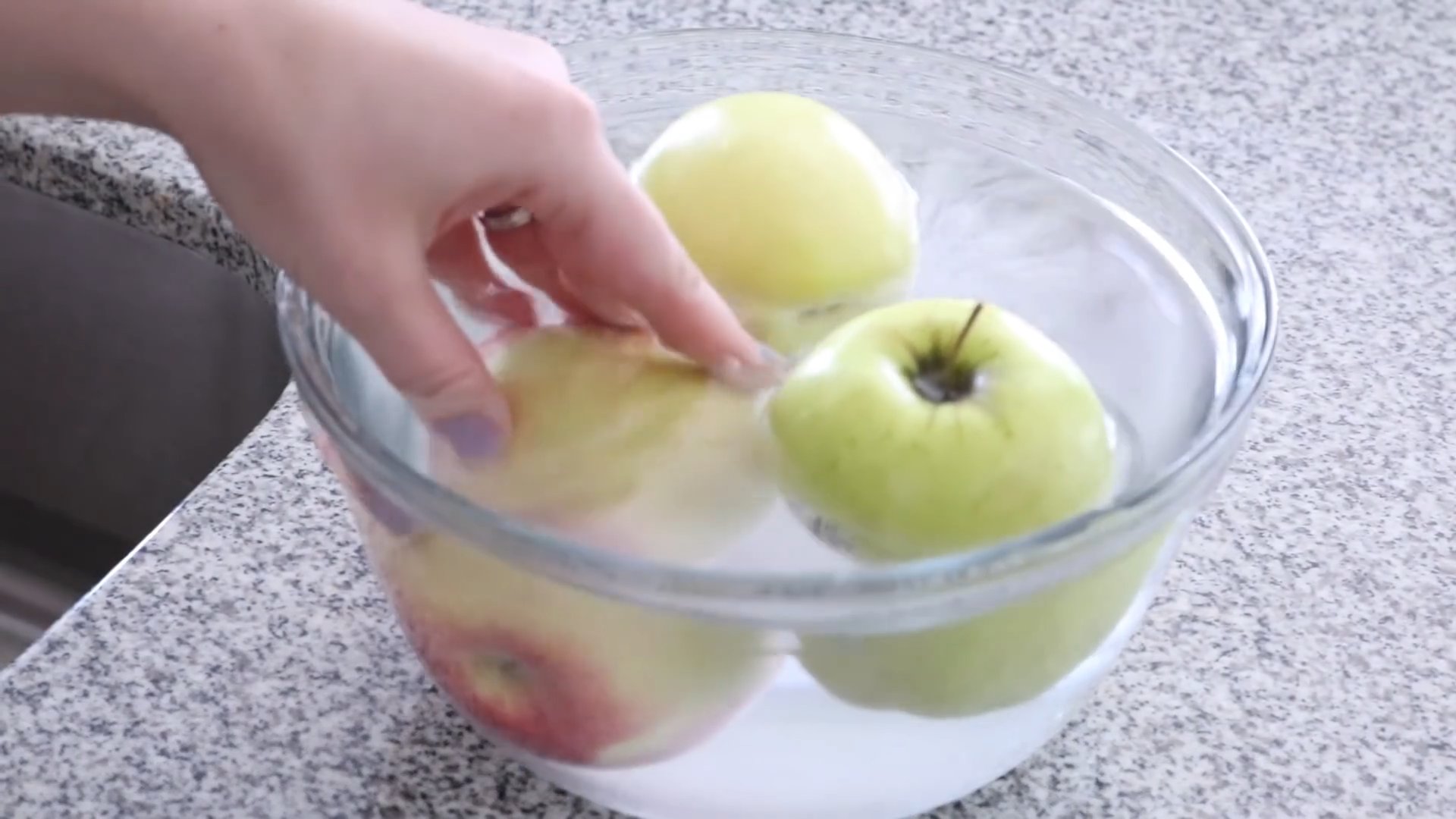
Conclusion
So, there you have it! Unlocking the power of baking soda for a sparkling clean home is not just a trend; it’s a testament to the effectiveness of simple, natural solutions. We’ve explored a range of baking soda cleaning hacks, from tackling stubborn oven grime to revitalizing dingy grout, and the results speak for themselves. This isn’t about replacing every commercial cleaner on your shelf, but rather about adding a versatile and powerful tool to your cleaning arsenal.
Why is this DIY approach a must-try? Firstly, it’s incredibly cost-effective. A box of baking soda is significantly cheaper than many specialized cleaning products, and it can be used for a multitude of tasks. Secondly, it’s environmentally friendly. By reducing your reliance on harsh chemicals, you’re contributing to a healthier home and a healthier planet. Baking soda is non-toxic and biodegradable, making it a safe choice for families with children and pets. Thirdly, it’s surprisingly effective. The mild abrasive properties of baking soda, combined with its ability to neutralize odors and absorb dirt, make it a formidable cleaning agent.
But the beauty of these baking soda cleaning hacks lies in their adaptability. Feel free to experiment and tailor them to your specific needs. For instance, if you’re cleaning a particularly greasy surface, add a few drops of dish soap to your baking soda paste for extra degreasing power. If you’re dealing with a stubborn stain on fabric, try pre-treating it with a baking soda paste before washing. For a refreshing twist, infuse your baking soda cleaning solutions with essential oils like lemon, lavender, or tea tree for added fragrance and antibacterial benefits. Consider adding a splash of white vinegar to your baking soda paste for a fizzing action that helps loosen stubborn grime. Just remember to always test any cleaning solution on an inconspicuous area first to ensure it doesn’t damage the surface.
We’ve covered a lot of ground, from using baking soda to freshen carpets and deodorize refrigerators to unclogging drains and polishing silverware. Each of these hacks offers a simple, effective, and affordable way to maintain a clean and healthy home. The versatility of baking soda is truly remarkable, and its ability to tackle a wide range of cleaning challenges makes it an indispensable tool for any homeowner.
Don’t just take our word for it – try these baking soda cleaning hacks yourself! We’re confident that you’ll be amazed by the results. And once you’ve experienced the cleaning power of baking soda, we encourage you to share your experiences with us. What are your favorite baking soda cleaning hacks? What challenges did you overcome? What variations did you try? Your feedback will help us refine these techniques and share them with a wider audience. Let’s build a community of baking soda enthusiasts who are committed to creating cleaner, healthier homes using natural and sustainable methods. So, grab a box of baking soda and get cleaning! We can’t wait to hear your success stories.
Frequently Asked Questions (FAQs)
Is baking soda safe to use on all surfaces?
While baking soda is generally safe and gentle, it’s always a good idea to test it on an inconspicuous area first, especially on delicate surfaces like polished wood, certain types of stone, or painted walls. Baking soda is mildly abrasive, so excessive scrubbing on these surfaces could potentially cause scratches or damage. Avoid using baking soda on aluminum, as it can cause discoloration. When in doubt, consult the manufacturer’s instructions for the surface you’re cleaning.
Can I mix baking soda with vinegar for all cleaning tasks?
Mixing baking soda and vinegar creates a chemical reaction that produces carbon dioxide and water. While this fizzing action can be helpful for loosening grime and unclogging drains, it’s not always the most effective cleaning solution. The resulting mixture is mostly water, and the cleaning power of both baking soda and vinegar is diminished in the process. For some tasks, it’s better to use baking soda and vinegar separately, applying one after the other. For example, when unclogging a drain, pour baking soda down the drain first, followed by vinegar. Let it fizz for about 30 minutes, then flush with hot water.
How do I store baking soda properly?
To maintain its effectiveness, baking soda should be stored in an airtight container in a cool, dry place. Exposure to moisture and air can cause baking soda to clump and lose its potency. If you’re using baking soda for cleaning, it’s a good idea to keep a separate container specifically for that purpose, to avoid cross-contamination with baking soda used for baking.
Can baking soda really remove odors?
Yes, baking soda is an excellent odor absorber. It works by neutralizing acidic and alkaline odor molecules, rather than just masking them. This makes it effective for eliminating odors in refrigerators, carpets, shoes, and other areas. To deodorize a refrigerator, simply place an open box of baking soda inside. To freshen carpets, sprinkle baking soda liberally over the carpet, let it sit for at least 15 minutes (or even overnight), and then vacuum thoroughly.
How often should I use baking soda for cleaning?
The frequency of using baking soda for cleaning depends on the specific task and your personal preferences. For general cleaning, you can incorporate baking soda into your routine as often as needed. For tasks like deodorizing a refrigerator or freshening carpets, you may only need to do it once a month or as needed. For tougher cleaning jobs, like removing stubborn stains or unclogging drains, you may need to repeat the process several times.
Is baking soda safe for septic systems?
Yes, baking soda is generally considered safe for septic systems. It’s a natural substance that doesn’t contain harsh chemicals that can harm the beneficial bacteria in your septic tank. In fact, baking soda can even help to balance the pH levels in your septic system, which can promote healthy bacterial activity.
What are some other uses for baking soda besides cleaning?
Baking soda has a wide range of uses beyond cleaning. It can be used in baking as a leavening agent, in personal care products like toothpaste and deodorant, and even as a remedy for heartburn and indigestion. Its versatility makes it a valuable addition to any household.
Can I use expired baking soda for cleaning?
While expired baking soda may not be as effective for baking, it can still be used for cleaning purposes. The cleaning properties of baking soda don’t diminish significantly over time, so even if it’s past its expiration date, it can still be used to scrub surfaces, deodorize, and absorb odors.
How can I make a baking soda paste for cleaning?
Making a baking soda paste is simple. Just mix baking soda with a small amount of water until you achieve a thick, spreadable consistency. You can also add a few drops of dish soap or essential oils for added cleaning power and fragrance. The paste can be used to scrub surfaces, remove stains, and polish metal.
What safety precautions should I take when using baking soda for cleaning?
While baking soda is generally safe, it’s always a good idea to take some basic safety precautions. Avoid getting baking soda in your eyes, as it can cause irritation. If you do get it in your eyes, rinse thoroughly with water. Wear gloves when cleaning with baking soda, especially if you have sensitive skin. And as with any cleaning product, keep baking soda out of reach of children and pets.

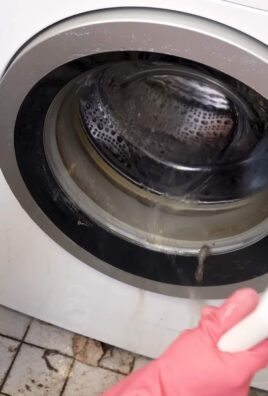
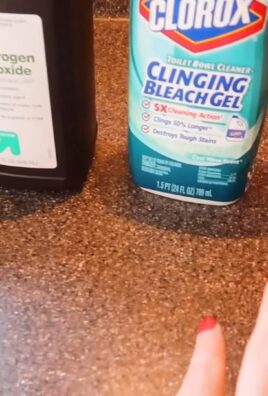
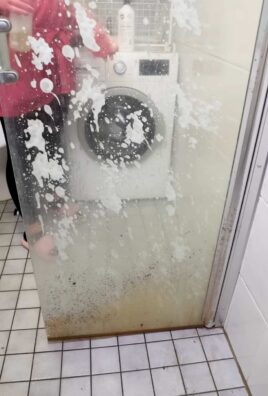
Leave a Comment